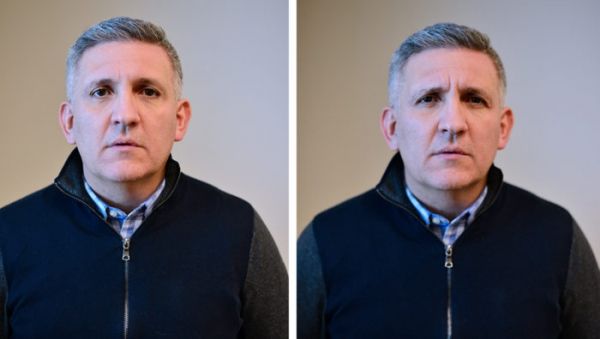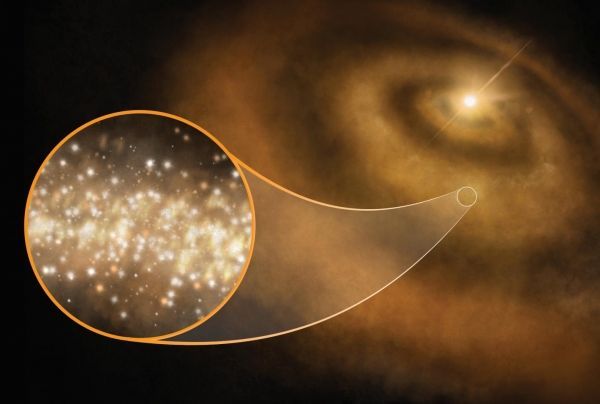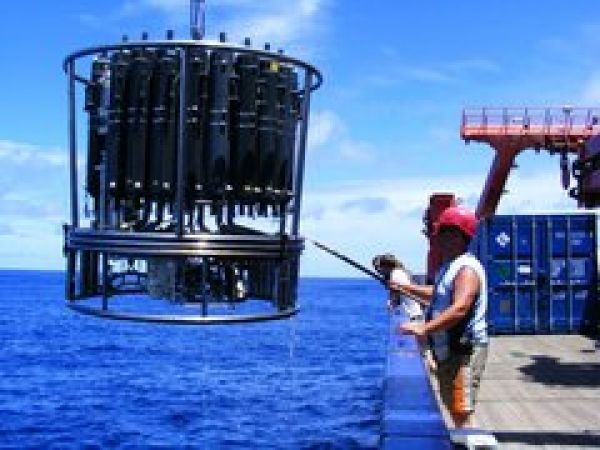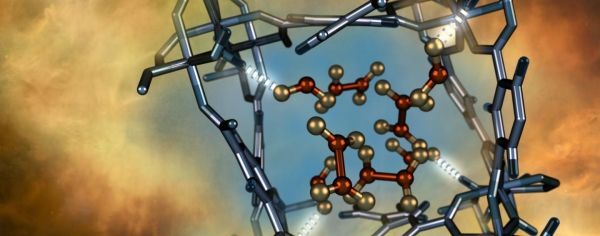
Researchers at Western University have shown that our brains are pre-wired to perceive wrinkles around the eyes as conveying more intense and more sincere emotions. This eye-wrinkle feature, called the Duchenne marker, occurs across multiple facial expressions, including smiles, expressions associated with pain, and—as found by these researchers—expressions of sadness.
>> Read the Full Article

For decades, astronomers have puzzled over the exact source of a peculiar type of faint microwave light emanating from a number of regions across the Milky Way. Known as anomalous microwave emission (AME), this light comes from energy released by rapidly spinning nanoparticles – bits of matter so small that they defy detection by ordinary microscopes. (The period on an average printed page is approximately 500,000 nanometers across.)
>> Read the Full Article

Measurements as well as model calculations equally show that the oxygen inventory of the oceans is decreasing. However, the models underestimate this decrease significantly making projections into the future problematic. In a study published today in the international journal Nature Geoscience, four GEOMAR researchers reveal the gaps in the models and identify further, previously underestimated drivers for the deoxygenation.
>> Read the Full Article

Led by the University of Manchester, an international team of scientists has developed a metal-organic framework material (MOF) that exhibits a selective, fully reversible and repeatable capability to remove nitrogen dioxide gas from the atmosphere in ambient conditions. This discovery, confirmed by researchers using neutron scattering at the Department of Energy’s Oak Ridge National Laboratory, could lead to air filtration technologies that cost-effectively capture and convert large quantities of targeted gases, including carbon dioxide and other greenhouse gases, to facilitate their long-term sequestration to help mitigate air pollution and global warming.
>> Read the Full Article

 ENN
Environmental News Network -- Know Your Environment
ENN
Environmental News Network -- Know Your Environment